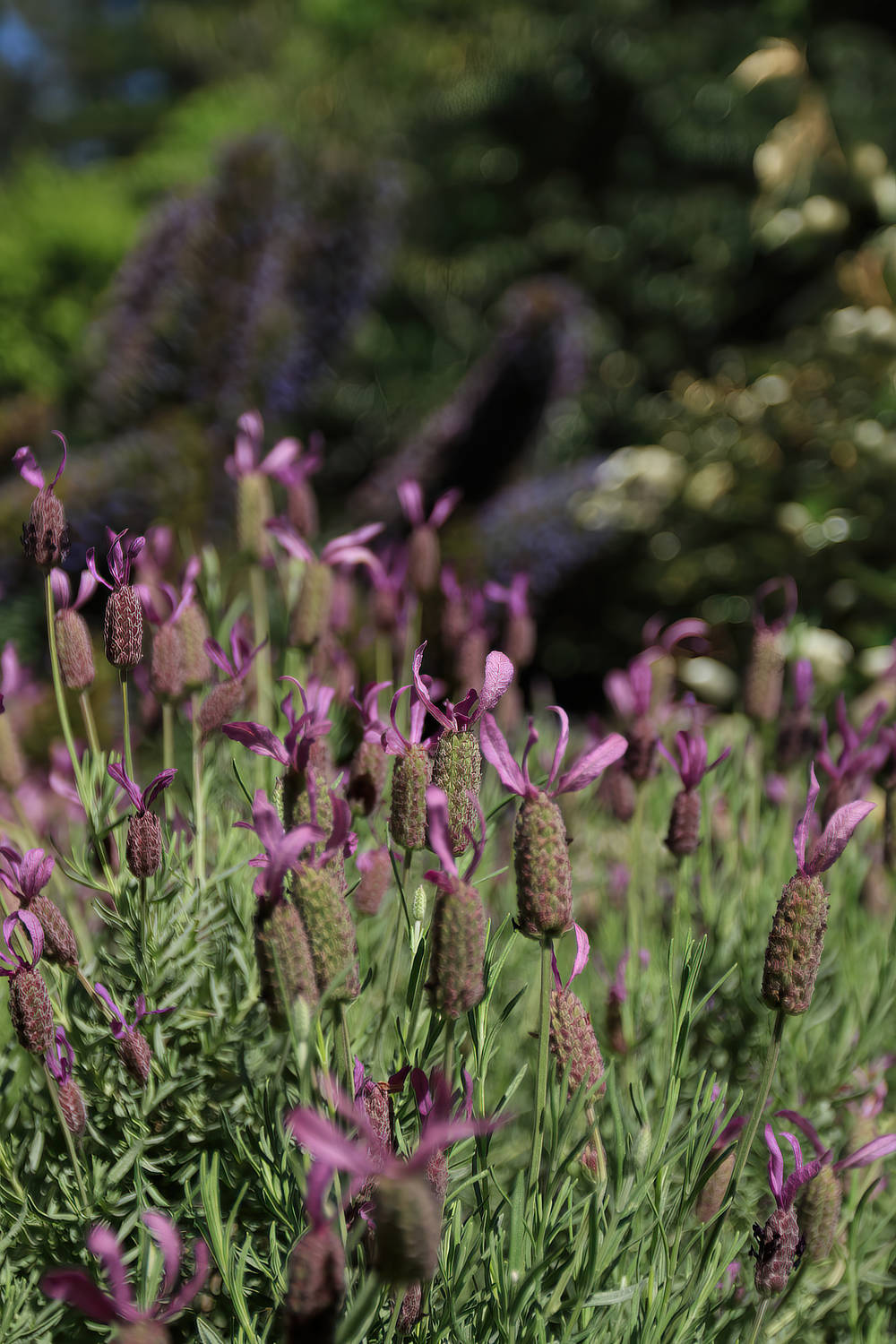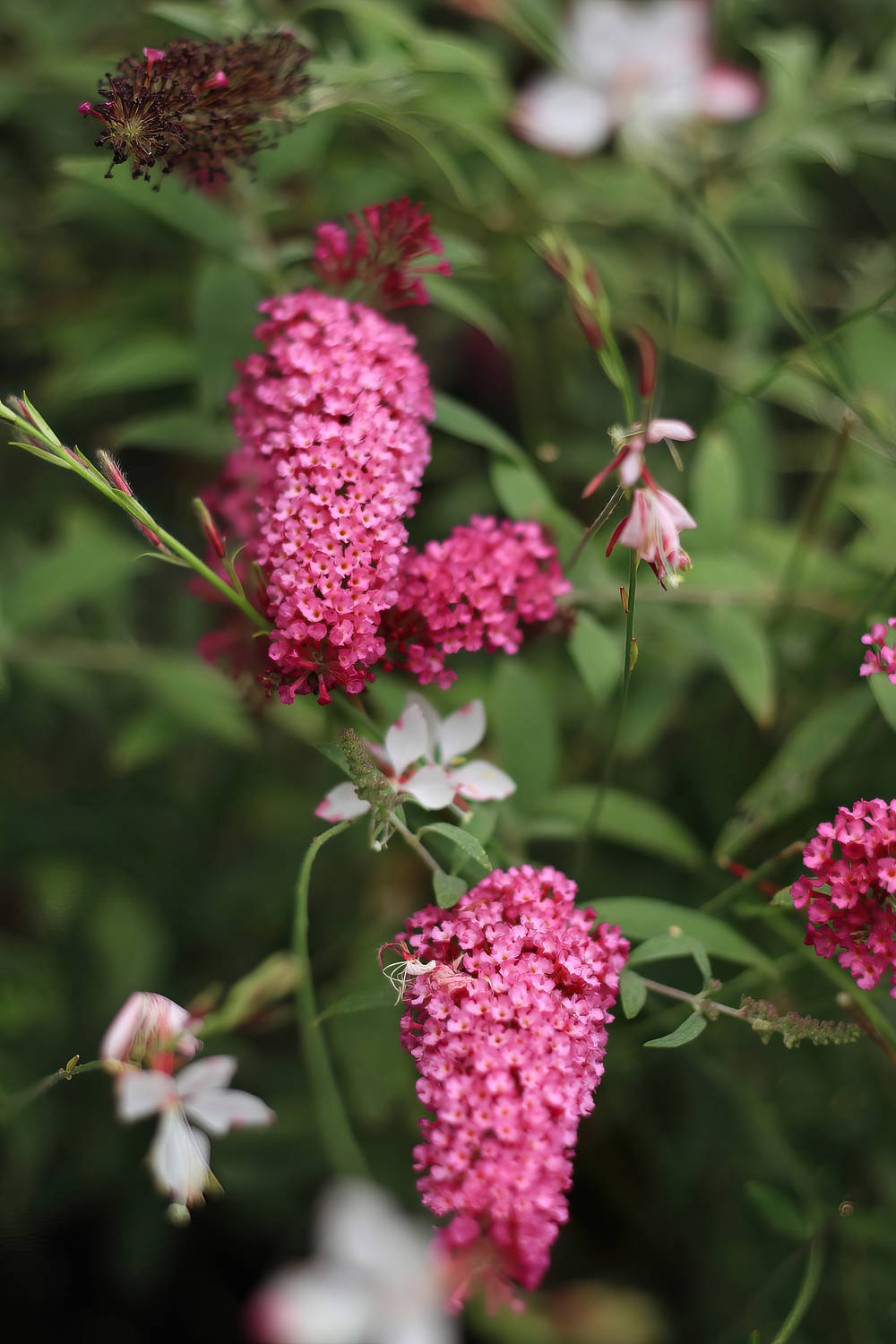Springtime blooms bring so much joy to the home gardener, seeing the garden wake up from winter and put on a show makes even the brown thumbs smile. With flowers often comes fragrance and pollinating insects, butterflies and bees making the garden a fully immersive experience.
One plant that even the seasoned gardeners finds tricky to grow is daphne odora – the sweet daphne. Well worth persisting with as the scent is magical at the end of winter and throughout spring. Getting daphne right is all about the planning as they will not tolerate being moved. Daphne requires morning sun and will not tolerate any afternoon heat so an east facing spot with protection from a tree or wall to the west is perfect. The soil will need work too – forget it if you have a clay soil and enrich with lots of compost for those with sandy soil. You are after an organic humus rich soil that drains freely.
If you want something that will tolerate more sun the scent from gardenia cannot be looked over. Gardenia will take most aspects but may burn in full hot all-day sun, especially if up against a hot surface like a metal fence. Improve the soil with compost to aid in water and nutrient retention this will ensure they will perform to their best and feed regularly, at least twice a season with an all-purpose fertiliser, to keep the leaves glossy and green.
If you want something native that smells delicious then you should be growing Boronia. This species of plant likes a semi shade position with morning sun and protection in the hot afternoon. They have a shallow root system so can dry out in the heat of summer so make sure you supplement them with additional watering when the temperature rises and also when they are in bloom to prolong the flower period. When preparing the soil for these plants add some compost but ensure it is dug through the soil well and try not to have fresh compost in direct contact with the rootball to avoid root burn.
If you want something that can take full sun the Bunsfelsia will fill your garden with a heavy perfume and a flower that starts off deep purple and fades to mauve and then on to white, hence the common name Yesterday, today and tomorrow. This plant may not have the best habit but the bright and cheery flowers will put a smile on your face for up to 8 weeks and the smell is truly intoxicating – its also simple to grow, I haven’t done anything with mine for 5 years and they just keep performing.
If you want to attract butterflies to the garden there is not much else that will do the trick than the Buddleja or butterfly bush. The flowers have a thick honey scent that flying insects and small birds find hard to resist. New varieties of this plant, such as the “Buzz” series, have become more controllable and suitable for the home garden reaching only 1×1.5 meters in size. Make sure you plant a buddleja in full sun for the best flowers and most scent and cut back after flowering to promote a dense habit and more blooms.
If you want something that smells exotic but is a native then the Native frangipani or Hymenosporum flavum is a good option – this tree is a rainforest tree and has glossy green leaves however with plenty of organic matter in the soil will perform well in many spots. It’s a tree that can grow up to 8 meters and that might not suit every garden so take a look at the compact form “Gold nugget” which grows to a dense ball of foliage 1×1 meter.


